Lighting can transform both the look and practical function of your kitchen, and silicone flexible strip lighting has emerged as a top solution in modern Australian homes. But what is it, and why is it increasingly favoured over traditional LED strips? Here’s a detailed guide on everything you need to know before specifying or installing silicone flexible strip lighting for kitchen areas.
What Sets Silicone Flexible Strip Lighting Apart?
Silicone flexible strip lighting consists of high-performance LED chips encased in a robust, flexible silicone sleeve. This advanced casing delivers superior protection against moisture, dust, grease, and everyday knocks making it particularly suited to challenging kitchen conditions.
Key Properties:
- Flexes effortlessly: Can be curved around corners, inside cabinets, or along architectural features without damage or “kinking.”
- Totally sealed: Silicone fully envelops the LEDs, unlike cheaper plastic tubes which can become brittle or yellow with heat.
- Designed for cutting: Strips can be cut to precise lengths, ensuring a custom fit along benchtops, behind splashbacks, or up in ceiling coves.
Technical Advantages in Detail
1. Superior Water and Heat Resistance
- IP Ratings: Most high-quality silicone-encased LED strips are rated at IP65, IP67 or even higher, offering water and dust proofing suitable for installation near sinks, dishwashers, or even outdoors.
- Thermal Management: Silicone dissipates heat remarkably well, running cooler and protecting LEDs for longer lifespans (often up to 50,000 hours or more).
- UV Resistance: Unlike polyvinyl chloride (PVC) or basic plastic, silicone resists UV-induced yellowing and stays clear and supple over time.
2. Light Quality and Output
- Consistent Diffusion: Silicone naturally diffuses light, eliminating harsh dots or striping along surfaces. This means beautiful, continuous illumination that is ideal for modern kitchens.
- High-brightness options: Available in 300–2,400 lumens per metre, suitable for everything from subtle accent lighting to powerful task lighting.
- Custom Colour Temperatures: Choose from warm (2,700K), neutral (4,000K), or cool white (5,000K+), with some ranges offering RGB and tunable white for mood lighting and adaptability.
3. Safety and Compliance
- Low Voltage: Most strips operate at 12V or 24V for safe handling, even in damp Australian kitchens.
- Silicone is food-safe: No risk of off-gassing or leaching chemicals, making it compatible with areas near food prep zones.
- Compliant with Australian Standards: Top providers ensure products are tested and certified to comply with local electrical safety regulations.
4. Simple Maintenance and Cleaning
- Grease and Stain Proof: The non-stick silicone shell resists buildup from kitchen grease, dust, and splatters. A quick wipe is all that’s needed to keep lighting bright and fresh.
- No exposed electronics: Unlike some standard LED strips, the encased design means electronics are never exposed to humidity or spills.
Where and How Can Silicone Flexible Strip Lighting Be Used in Kitchens?
1. Under Cabinets and Shelves:
Perfect for brightening benchtops, giving you clear, shadow-free light for food prep.
2. Inside Drawers and Cupboards:
Flexible strips are ideal for illuminating dark corners, deep pantries, and hard-to-reach spaces.
3. Toe Kicks and Plinths:
Low-level accent lighting along cabinetry bases adds drama and nighttime safety.
4. Overhead and Ceiling Details:
Recessed silicone strips can create seamless ambient lighting around bulkheads, islands, or feature ceilings.
5. Splashbacks and Feature Nooks:
Because silicone strips are water-resistant, they’re suitable for highlighting splashback tiles or niche shelves that might experience humidity.
Smart Features and Customisation
- Dimmable Options: Use compatible drivers or smart controllers for adjustable brightness—soft mood lighting for entertaining, full output for cooking.
- Smart Home Integration: Many silicone LED strips now offer Wi-Fi or Bluetooth hooks—control scenes or colours with phone apps or home assistants like Google Home or Alexa.
- Cut-to-Length Customisation: Wilson & Bradley offer expert advice for measuring and specifying strips that fit exactly for a professional, seamless finish.
Installation Tips and Considerations
- Adhesive Backing: Quality silicone strips have strong, heat-resistant adhesives—just peel and stick to most surfaces.
- Clips and Channels: For long runs or in high-traffic areas, add mounting channels or clips for extra hold and clean cable management.
- Power Supply: Always match your LED strip’s voltage and wattage, and ensure professional installation if it will be hardwired into mains.
Why Trust Wilson & Bradley for Silicone Flexible Strip Lighting?
- Wide Selection: Choose from a curated range of kitchen-specific silicone strip products—single colour, RGB, tunable white, and varying lumen outputs.
- Premium Quality: Only the best-rated, durable, and Australian-compliant components, built for years of reliable use in harsh kitchen environments.
- Expert Support: Guidance on planning, measuring, installation, and design, plus full access to mounting accessories and matching drivers/dimmers.
- Showroom Experience: See and interact with sample kitchen displays at Wilson & Bradley’s showrooms, or shop online nationwide for fast delivery.
Final Thoughts
Silicone flexible strip lighting for kitchen use offers the ultimate in style, durability, safety, and practicality. From seamless under-cabinet task lighting to bold accent features, these strips meet every need of the contemporary Australian kitchen. When installed and specified with professional guidance, they outperform standard LED strips in longevity and appearance, transforming your kitchen into both a showcase and a workhorse.
For personalised advice, exceptional product choice, and the highest standards in kitchen lighting, make Wilson & Bradley your partner for silicone flexible strip lighting for kitchen projects ensuring a beautiful, long-lasting result every time.

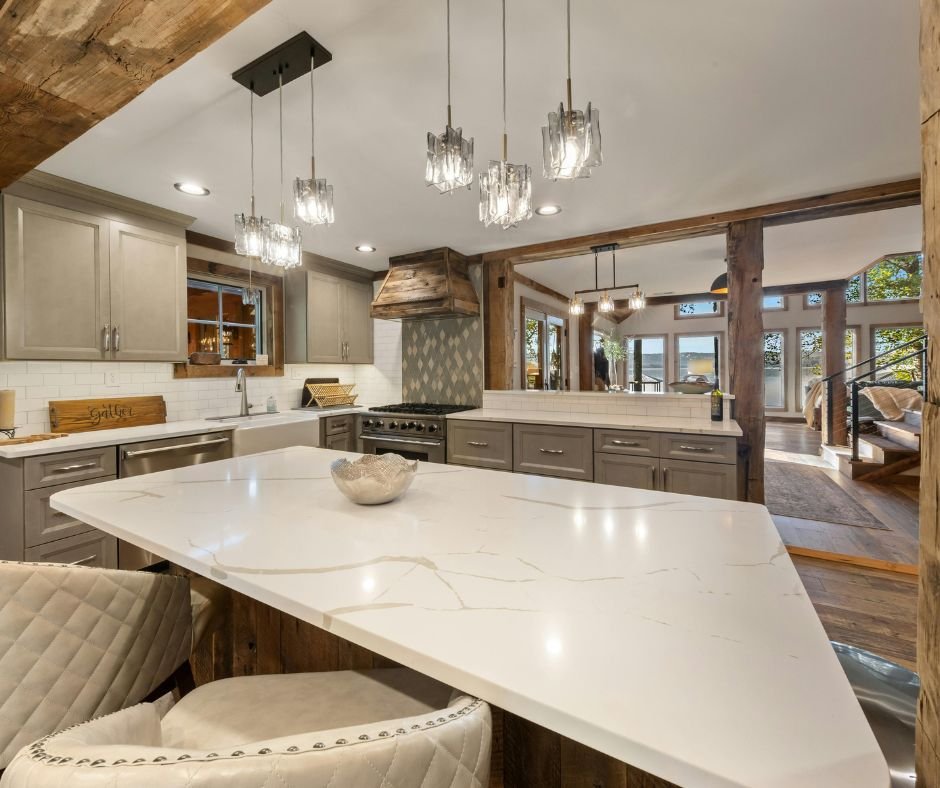

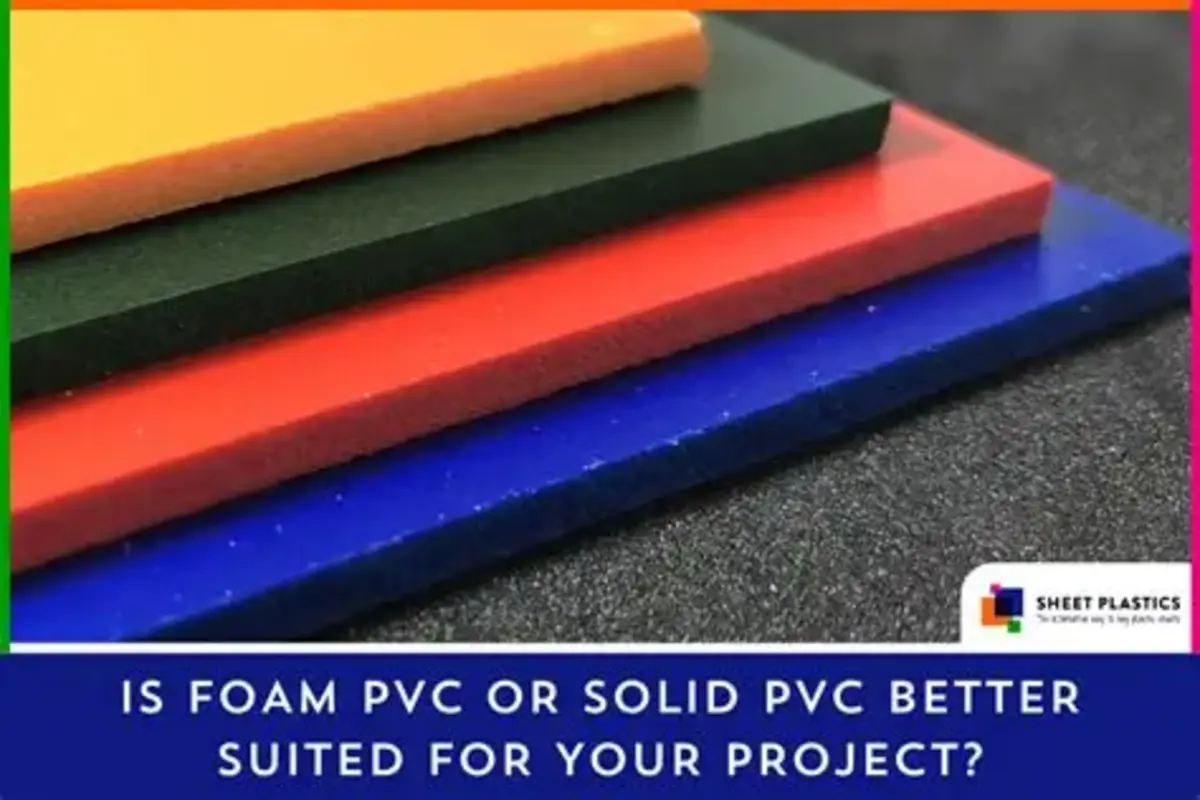
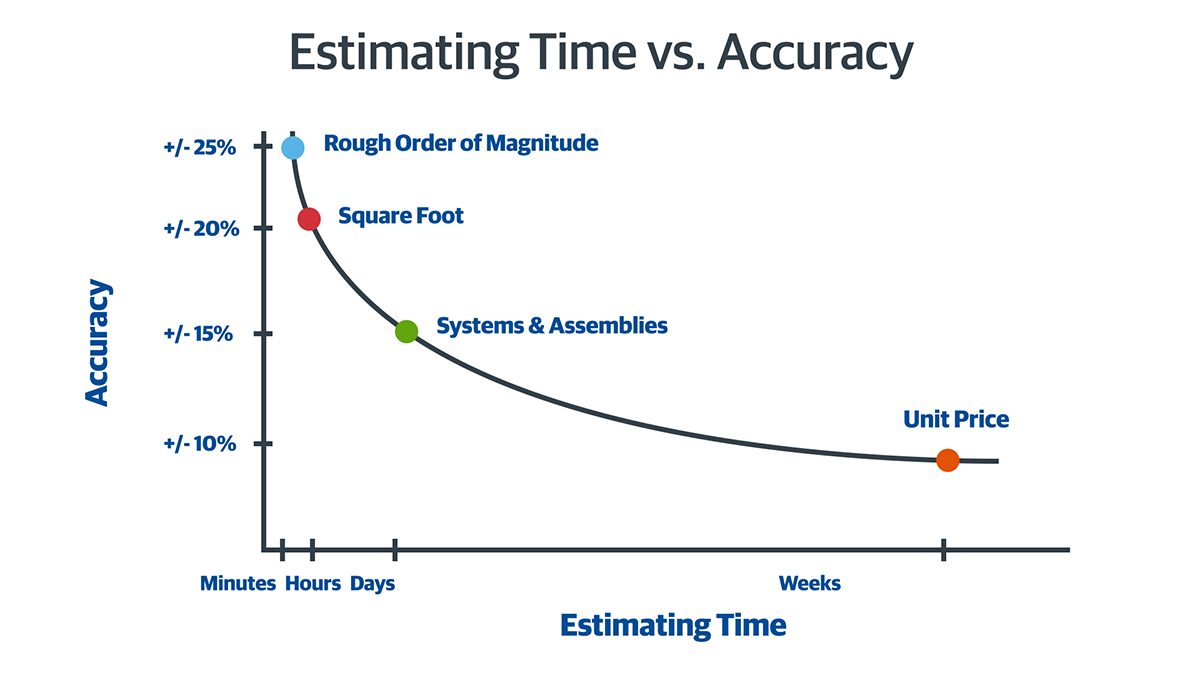

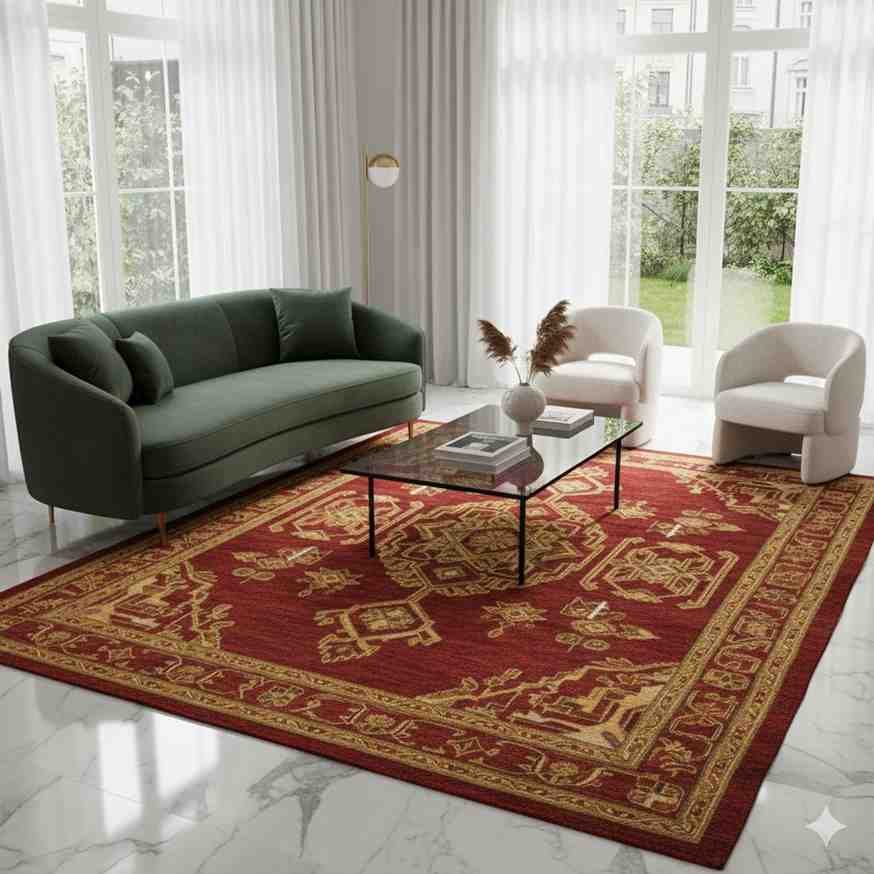
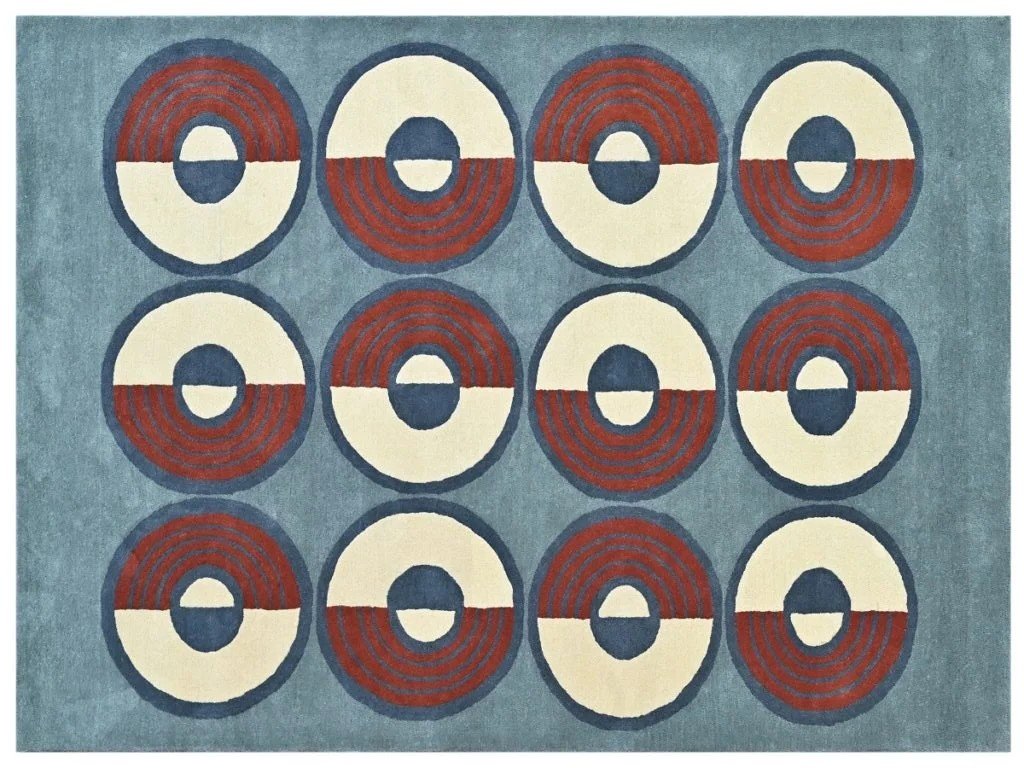
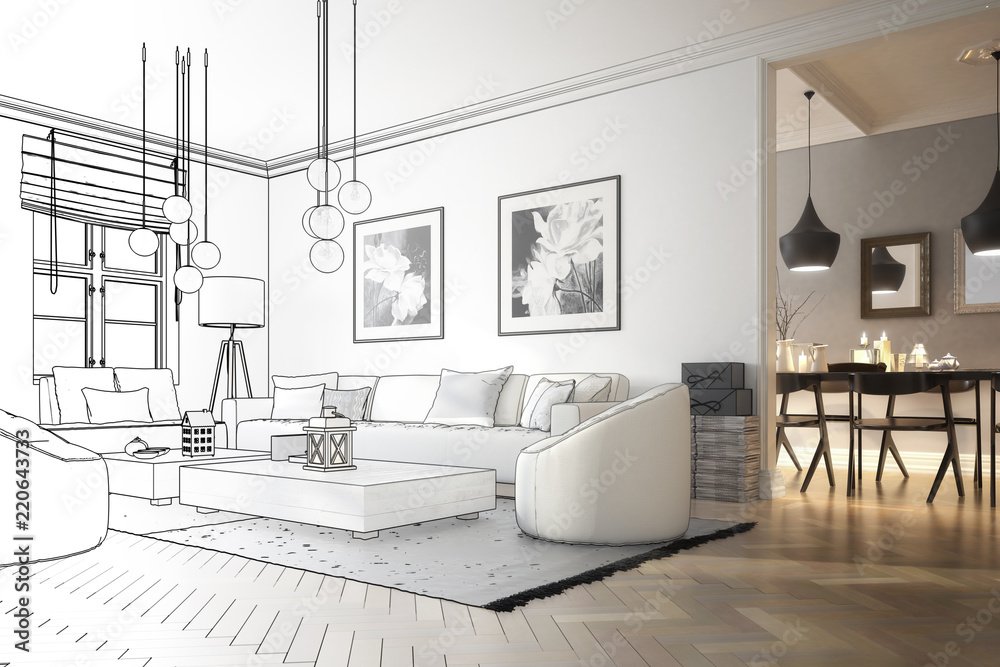

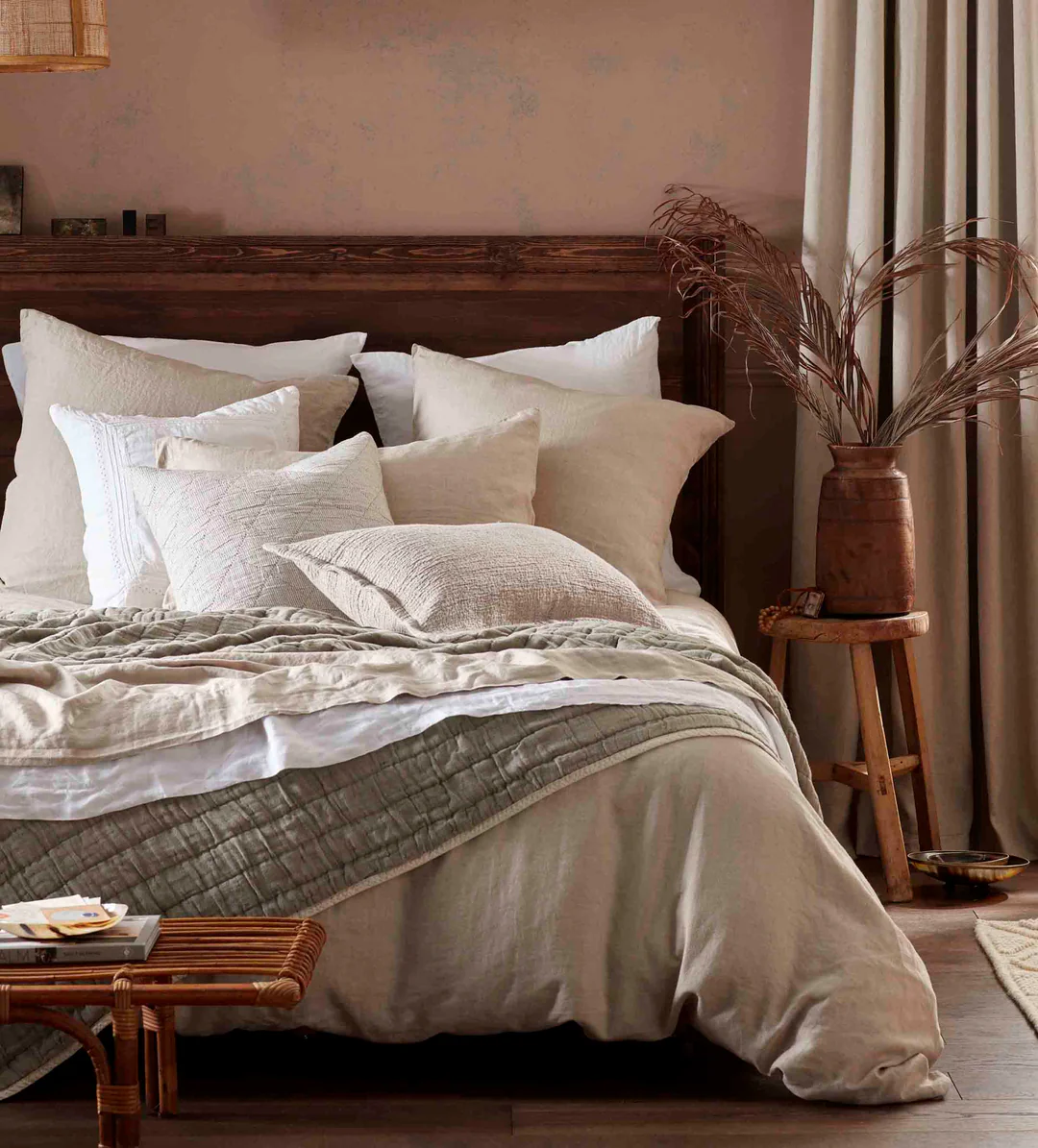
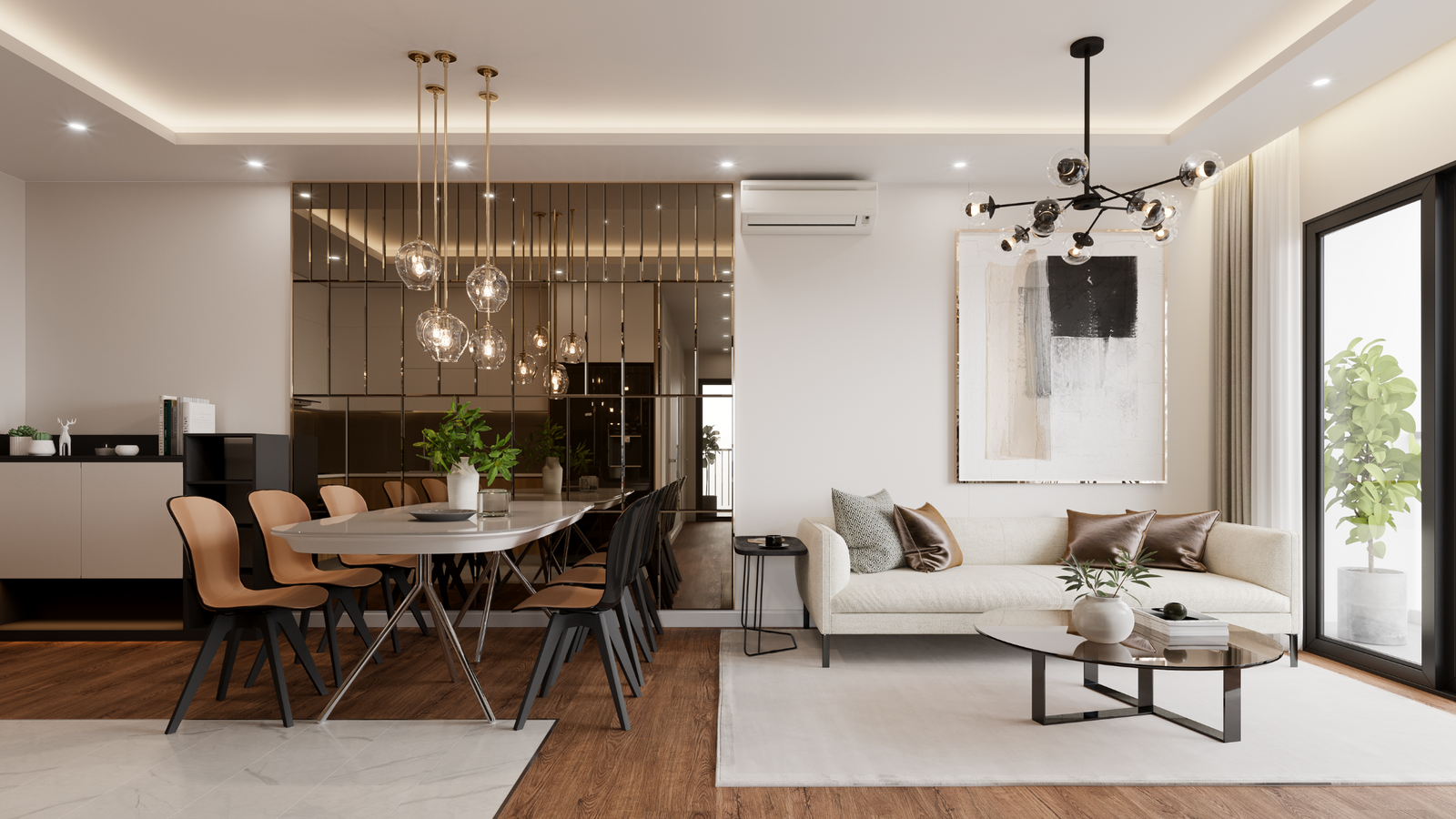




Leave a Reply